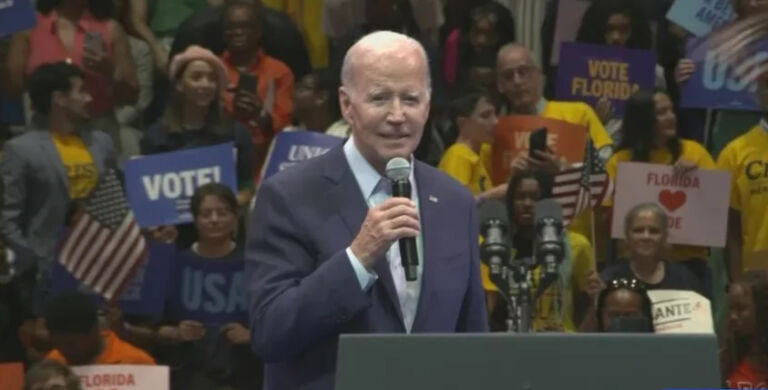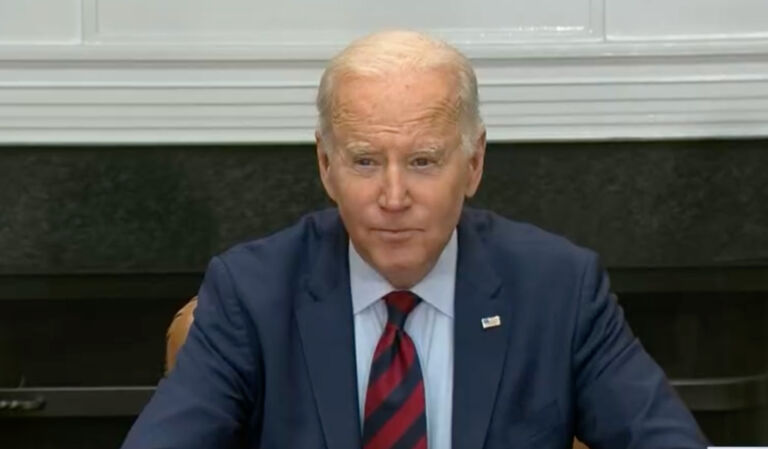Patrick Horan writes for Discourse about the latest inflation numbers.
President Biden, congressional Democrats and Fed watchers celebrated as the Consumer Price Index suddenly stabilized from June to July. In other words, month-to-month headline inflation, which includes food and energy prices, was zero percent. Core inflation, which omits these volatile prices, was a modest 0.3%. Although headline inflation was expected to be lower in July because of falling energy prices, both the headline and core numbers were lower than expected, giving welcome relief to consumers who have felt the sting of rapidly rising prices for more than a year.
Is this week’s report an indication that the inflation surge has finally peaked? While it is an encouraging sign, there are several reasons we should be careful not to assume we’re in the home stretch of the fight against rising prices.
First, let’s look at the details of the report. The best news is that energy prices—most importantly gasoline—fell steeply. …
… Despite this good news, two other important sectors, food and shelter, saw price increases. Because these are largely unavoidable expenses, consumers are still encountering rising prices. The COVID-19 pandemic, the Russia-Ukraine war and higher energy costs are all factors contributing to more expensive food. Hopefully, these pressures will subside as energy prices fall and companies continue to adapt to the pandemic. …
… Second, while the CPI is the most cited price index in popular media, the Federal Reserve, the agency responsible for price stability, targets inflation as measured by the Personal Consumption Expenditures (PCE) Price Index. The CPI and PCE behave similarly, but the Fed uses the latter because it better reflects changes in consumers’ spending habits. …
… Third, although month-to-month inflation has fallen, anyone who has not been living under a rock knows that prices are significantly higher now than they were a year ago.


